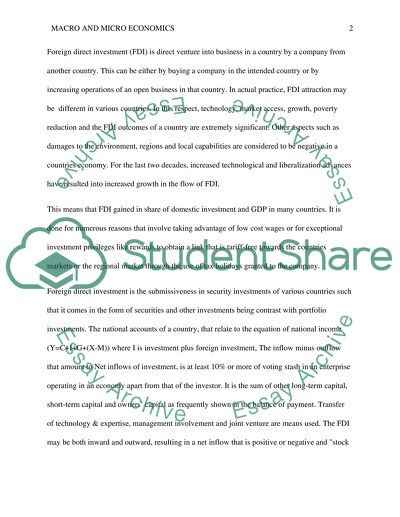Cite this document
(“Arguments for and against Foreign Direct Investment In Developing Essay”, n.d.)
Retrieved from https://studentshare.org/macro-microeconomics/1464856-arguments-for-and-against-foreign-direct-investment-in-developing-countries
Retrieved from https://studentshare.org/macro-microeconomics/1464856-arguments-for-and-against-foreign-direct-investment-in-developing-countries
(Arguments for and Against Foreign Direct Investment In Developing Essay)
https://studentshare.org/macro-microeconomics/1464856-arguments-for-and-against-foreign-direct-investment-in-developing-countries.
https://studentshare.org/macro-microeconomics/1464856-arguments-for-and-against-foreign-direct-investment-in-developing-countries.
“Arguments for and Against Foreign Direct Investment In Developing Essay”, n.d. https://studentshare.org/macro-microeconomics/1464856-arguments-for-and-against-foreign-direct-investment-in-developing-countries.


